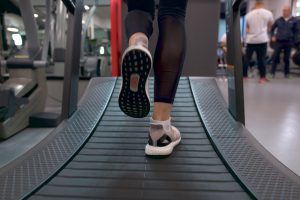
I am 40 years old. On June 21, 2019, I sprained my ankle.
So far, I have undergone Emet, Bowen therapy, osteopathy, radiotherapy, and various forms of physiotherapy and kinesiotherapy, but the swelling in the ankle is not reducing, so I cannot wear shoes, and it is quite painful when walking.
The MRI showed a tendon rupture and damaged ligaments. I have muscle dystonia. I know that without an examination, you cannot do much, but can you at least recommend exercises and the like?
If the MRI did not show any cartilage damage, there must be a reason for the swelling (it is merely a defensive or protective mechanism). In your case, it is most likely ankle instability (ligament rupture, tendon damage, and dystonia combined). This means that during walking, the ankle and the upper part of the foot slip slightly, and the swelling is a way for the body to increase pressure in the joint and reduce these slips.
If this hypothesis is correct, it explains why therapies aimed solely at reducing pain (Emet, Bowen) have not yielded results. It also explains why tension redistribution therapies have not been helpful (Osteopathy). And finally, it explains why treating local inflammation does not bring improvement (physiotherapy, radiofrequency therapy). Also, I assume that the exercises you have been doing have mainly focused on the foot and lower leg, which is an approach that does not have the potential to solve your problem because local muscle strength in the foot is not the issue in your case.
There are three possible solutions. The first is to simply let time heal the problem. In a small percentage of patients, over time, the body stabilizes the joint, either through changes in the anatomy of the ankle itself, changes in movement patterns, or a combination of both.
Surgical stabilization of the ankle (ligamentoplasty) is worth considering and consulting with an orthopedist.
The third option is a comprehensive exercise program aimed at restabilizing the ankle, but through the reactivation of the entire leg and trunk, as movement when walking does not only end with the foot but does not start there either. Our experience with this approach shows that in persistent patients, it has the potential to significantly reduce symptoms and often even make them disappear completely.
